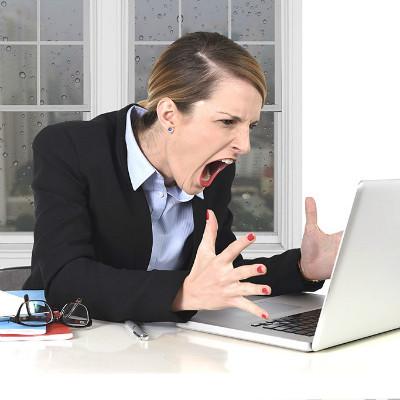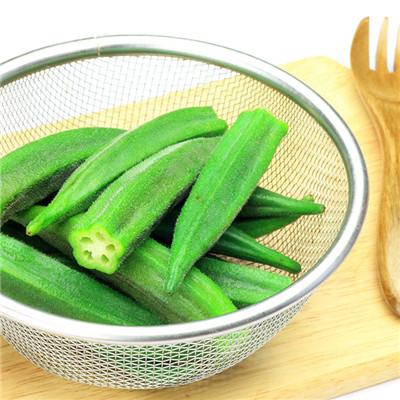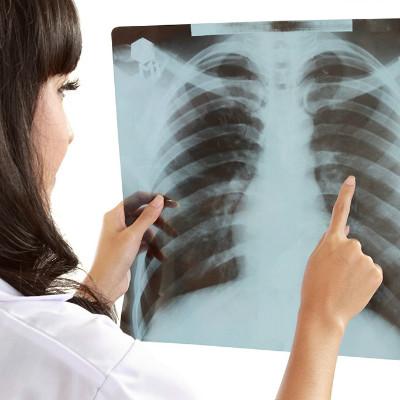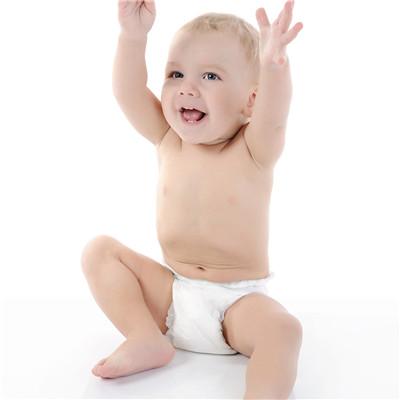Symptoms of duodenal diverticulitis
summary
Duodenal diverticulum is mainly caused by congenital dysplasia, which constitutes the secondary diverticulum caused by the cystic protruding of duodenal wall or the scar traction caused by gastroduodenal ulcer. Most diverticula were not found by X-ray barium meal or gastroscopy. As long as a small number of patients can present obstruction, perforation, bleeding and other manifestations, or secondary cholangitis, pancreatitis, cholelithiasis and other complications. It is caused by congenital intestinal wall limited muscular layer hypoplasia or thin, so we should pay attention to it. Now let's talk about the symptoms of duodenal diverticulitis.
Symptoms of duodenal diverticulitis
First, duodenal diverticulum has no typical clinical symptoms, which is only found by X-ray barium examination, fiber endoscopy, laparotomy or autopsy. The size of diverticulum was not positively correlated with the degree of symptoms. When diverticulum is complicated with inflammation, upper abdominal discomfort, right upper abdomen or periumbilical pain, nausea, vomiting, diarrhea, abdominal distension, even hematemesis and bloody stool and other gastrointestinal symptoms may appear. Diarrhea may be due to the influence of pancreatic function or bacterial overgrowth in diverticulum. If the perforation of diverticulum can cause peritonitis symptoms, the perforation of embedded pancreas, severe pain can cause symptoms of acute pancreatitis, blood and urine amylase increased. If the diverticulum compresses the common bile duct, the symptoms such as bile duct obstruction, fever, jaundice and upper abdominal distension may appear. If there is limited deep tenderness in the diverticulum fixed on the right side of the upper abdomen, it may indicate that there is chronic inflammation in the diverticulum.
Second, because duodenal diverticulum has no typical symptoms, it is difficult to make a correct diagnosis. Even if some symptoms are caused by complications, they are often confused with the clinical symptoms of ulcer disease, biliary tract disease and pancreatitis. The diagnosis of duodenal diverticulum depends on X-ray examination, duodenoscopy and cholangiography.
Third: duodenal diverticulum suggest to pay attention to regular diet, eat well digested food, steamed bread, rice porridge, vegetables can eat more, eat less spicy, greasy, cold food, such as pepper, fat, raw onion, raw garlic to eat less or not.
matters needing attention
Although experts understand the knowledge of duodenal diverticulum, sometimes we can take good care of the diet of patients with duodenal diverticulum. This is because for duodenal diverticulum, although we understand the diet of the disease, once the operation is completed, we should avoid more complications and treat patients effectively.













